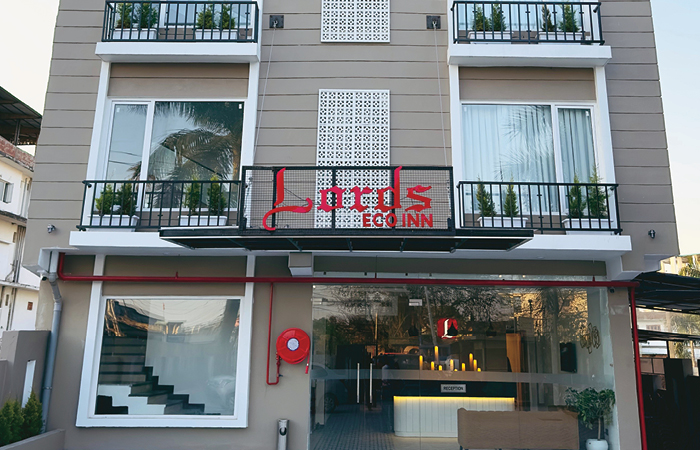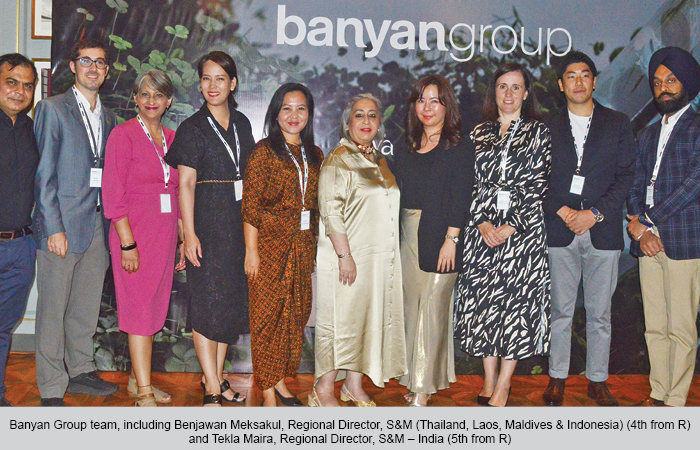‘I am a sharp critic of airline commercial policies and believe they definitely need to be strongly regulated so interests of the distribution industry are also recognised and protected,’ asserts Seema Luthra, Founder, Travel Metrics.
Advocating the interests of the distribution industry is a path I will pursue in good times and bad, however, we live in peculiar times now and other issues concerning the greater good of all are playing on my mind. I am speaking about the uncompetitive cost structures in Indian aviation that probably drive airlines to become self-centred at the cost of their distributors and passengers. Air transportation plays a key role in enabling travel & tourism activities. The multiplier effect of travel & tourism has been stated in many studies worldwide and is established beyond doubt. In India, the percentage of tourist arrivals by air is 79.8%. In 2019, aviation supported more than 40 million jobs within the tourism sector, and through this contributed approximately 800 billion euros to the world’s GDP. Aviation supports $3.5 trillion in world economic activity (4.1% of global gross domestic product). Providing these services creates 11.3 million direct jobs and directly contributes $961.3 billion to global GDP.
Air transport is also a driver of global trade. Currently, about 86% of e-commerce deliveries are transported by air at some stage. For sustainable low air ticket prices and freight charges, it is imperative that the cost of providing air transport is globally competitive. Isn’t it ironical that in our country where we allow foreign equity up to 100% by means of automatic approvals pertaining to establishment of Greenfield airports, up to 74% by means of automatic approvals pertaining to existing airports, up to 49 per cent of foreign equity by means of automatic approvals pertaining to domestic air transport services and up to 100 per cent of NRI investment by means of automatic approvals pertaining to domestic air transport services, we have the most draconian cost structures to operate air transport services? In a post-COVID era, I wonder where India ranks in terms of preference for an international airline to commence flights for leisure travel given our high cost structures for airlines. The highly taxed fuel costs may well be a key deterrent for tourism to India, and governments in key tourism gateways like Delhi, Mumbai, Goa, Kerala and Rajasthan are responsible for this penny wise and pound foolish situation. A UT like Delhi has built an Aerocity and seemingly recognises the potential of air travel for business and tourism, but look at the mind-blowing taxes imposed on ATF. These governments are doing a disservice to the nation by their rigid irrationalism and refusal to allow ATF under the GST regime. ATF makes up for almost half of the cost of an airline and rates vary from state to state depending on local VAT. Jet fuel’s inclusion in GST would allow airlines to take input tax credit (ITC) on the GST paid, thus bringing down the effective cost to a great extent. Now, it becomes critical for state governments to urgently facilitate the aviation and tourism sectors to lower their cost structures significantly to stay afloat and be able to cater to the demands of the proportionately larger segment of leisure travellers. Since corporates are likely to spend less on air travel and it is impossible to determine the necessity and purpose of travel in any case, it would be advisable to lower the GST on airline tickets and disallow ITC as this would allow states and UTs to retain the tax while lowering the price of airline tickets for the Indian corporate as well as leisure travellers, so the larger economy can benefit from it.
 TravTalk India Online Magazine
TravTalk India Online Magazine





